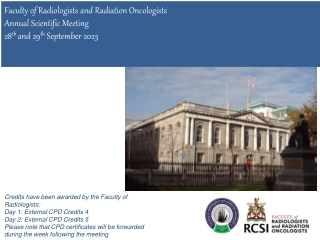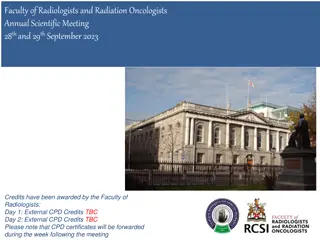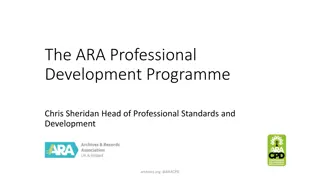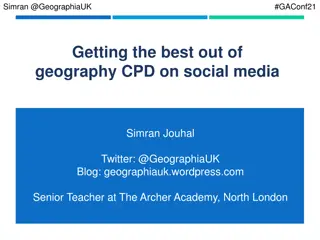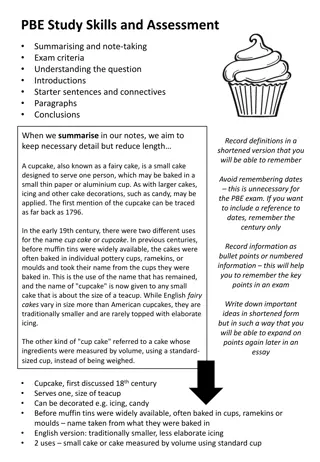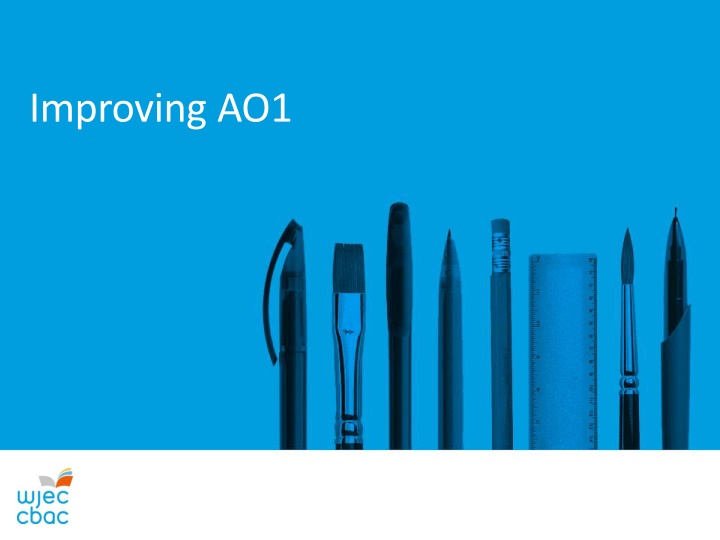
Improving AO1: Characteristics, Depth, Range, and Terminology Use
Enhance your understanding of AO1 assessment criteria with a focus on characteristics, depth, range, and terminology use. Explore the importance of accuracy and structure in academic responses while delving into behaviorist approaches and their application in relationship formation.
Download Presentation

Please find below an Image/Link to download the presentation.
The content on the website is provided AS IS for your information and personal use only. It may not be sold, licensed, or shared on other websites without obtaining consent from the author. If you encounter any issues during the download, it is possible that the publisher has removed the file from their server.
You are allowed to download the files provided on this website for personal or commercial use, subject to the condition that they are used lawfully. All files are the property of their respective owners.
The content on the website is provided AS IS for your information and personal use only. It may not be sold, licensed, or shared on other websites without obtaining consent from the author.
E N D
Presentation Transcript
AO1 GENERIC MARK SCHEME Detail and accuracy Depth and Range Terminology Structure Description and level of accuracy is thorough Band 4 Depth and range included Effective use of terminology Logical structure Description and level of accuracy is reasonable Depth and range, but not in equal measure Band 3 Good use of terminology Mostly logical structure Description and level of accuracy is basic Some use of appropriate terminology Band 2 Depth or range Reasonable structure Description and level of accuracy is superficial Very little use of appropriate terminology Band 1 Answer lacks structure Inappropriate answer given 0 No response attempted
Detail and accuracy CHARACTERISTICS For each behaviour on Unit 3 learners need to know the characteristics of the behaviour. Not all behaviours have DSM characteristics In this instance it is absolutely fine to link it to definitions or research that discusses characteristics such as Olweus s 1993 definition of bullying or Griffith s 2005 suggestion of the six criteria that need to be met for a behaviour to be considered an addiction.
Detail and accuracy CHARACTERISTICS It is important that students look at the characteristics of the behaviour rather than just types of the behaviour.
DEPTH AND RANGE Band 4 Depth and range included Band 3 Depth and range, but not in equal measure Band 2 Depth or range Depth comes from the use of examples to add detail to the response. Range is achieved by including a number of different themes and ideas in a response.
USE OF TERMINOLOGY Band 4 Effective use of terminology Band 3 Good use of terminology Band 2 Some use of appropriate terminology Band 1 Very little use of appropriate terminology
USE OF TERMINOLOGY Describe how one assumption from the behaviourist approach can be applied to the formation of a relationship. (4)
TALK LIKE A PSYCHOLOGIST 1 star 2 stars 3 stars Some use of appropriate terminology Good use of appropriate terminology Effective use of appropriate terminology Dollard and Miller Behaviourist Cupboard Love Theory Learn/Learnt/Learning Caregiver Primary drive Classical Conditioning Association Secondary drive Operant Conditioning Reinforcement Attachment
EXAMPLE FOR CHARACTERISTICS ADDICTIVE BEHAVIOURS 1 star 2 stars 3 stars Some use of appropriate terminology Tolerance Good use of appropriate terminology Salience Effective use of appropriate terminology Interpersonal Conflict Withdrawal Mood Modification Intrapsychic Conflict Relapse Griffiths DSM-V Substance Misuse e.g. drugs, alcohol Behavioural addictions e.g. gambling Physical Withdrawal Psychological Withdrawal
On your tables develop your own for one of the behaviours you study, using the blank grid provided Autistic Spectrum behaviours Bullying behaviours Criminal behaviours Schizophrenia Stress

